Quetzalcoatl, the legendary deity of Mayan mythology, has captivated the imagination of both scholars and enthusiasts alike. This enigmatic figure, also known as the Feathered Serpent, holds a prominent place in the folklore and traditions of the ancient Mayan civilization. From the origins of Quetzalcoatl to its symbolism and characteristics, this article delves into the merging of cultures, worship and rituals, depictions in art and architecture, as well as the lasting legacy and modern influence of Quetzalcoatl. Exploring the mystical allure surrounding this iconic deity invites us to unravel the intricacies of Mayan mythology and appreciate the rich tapestry of beliefs that shaped this fascinating civilization.
Contents
- Origins of Quetzalcoatl
- Symbolism and Characteristics
- Quetzalcoatl in Mayan Mythology
- Worship and Rituals
- Depictions in Art and Architecture
- Legacy and Modern Influence
- Conclusion
-
Frequently Asked Questions
- 1. Who is Quetzalcoatl?
- 2. What does the name Quetzalcoatl mean?
- 3. What were the main characteristics of Quetzalcoatl?
- 4. How did Quetzalcoatl influence Mayan mythology?
- 5. What is the significance of the Feathered Serpent symbolism?
- 6. How did Mayan and Aztec cultures merge in Quetzalcoatl’s mythology?
- 7. What are some misconceptions and interpretations surrounding Quetzalcoatl?
- 8. Were there specific temples or sacred sites dedicated to Quetzalcoatl?
- 9. What kind of ceremonies and offerings were performed for Quetzalcoatl?
- 10. How does Quetzalcoatl’s legacy continue to influence modern society?
- References
-
Frequently Asked Questions
- What is the origin of Quetzalcoatl in Mayan mythology?
- What does the feathered serpent symbolize?
- Why is Quetzalcoatl often depicted with feathers?
- How did the merging of cultures influence Quetzalcoatl’s role in Mayan mythology?
- What are some misconceptions and misinterpretations of Quetzalcoatl?
- What were some rituals and ceremonies associated with the worship of Quetzalcoatl?
- How did Quetzalcoatl influence art and architecture in ancient Mesoamerica?
- What is the legacy of Quetzalcoatl in modern times?
- Are there any artifacts or relics associated with Quetzalcoatl?
- How does Quetzalcoatl compare to other serpent deities in world mythology?
- References
- Read More
Origins of Quetzalcoatl
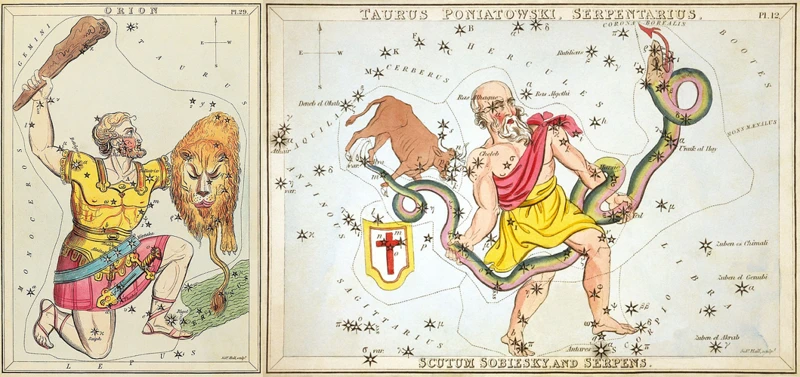
The Origins of Quetzalcoatl can be traced back to the complex mythology of the Mesoamerican civilization. In the rich tapestry of Mayan folklore, Quetzalcoatl is believed to be one of the oldest and most revered gods. According to legend, Quetzalcoatl was born to the goddess Coatlicue, who conceived him by a divine feather. His birth was accompanied by a multitude of miracles, including the appearance of a bright star and a variety of supernatural events. Quetzalcoatl is often depicted as a dualistic deity, representing both creation and destruction. He is associated with the wind, agriculture, and the cycles of life. This divine figure played a significant role in the creation myth of the Mayan civilization, shaping the world and its inhabitants. The tales of Quetzalcoatl’s origins emphasize the divine nature of this revered figure and highlight his importance in Mayan cosmology.
Symbolism and Characteristics
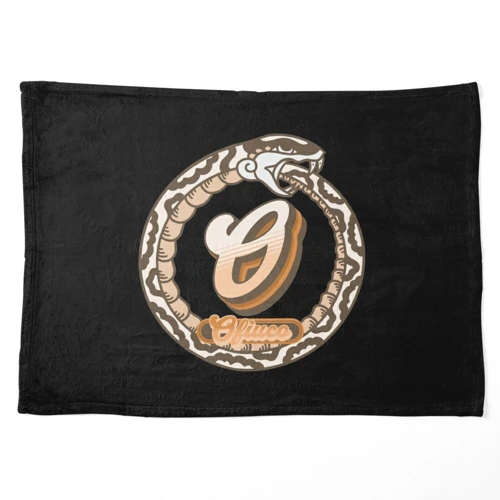
Quetzalcoatl, the Feathered Serpent, possesses profound symbolism and unique characteristics within Mayan mythology. As a prominent deity, Quetzalcoatl embodies the dual nature of creation and destruction, representing the harmony and balance in the natural world. The feathered serpent symbolism signifies the intertwining of earthly and celestial realms, with feathers symbolizing the connection to the divine and serpents representing fertility and wisdom. Quetzalcoatl is often depicted as a benevolent figure, associated with enlightenment, art, and knowledge. His association with wind and the cycles of life reflects his role as a cosmic force, shaping the destiny of humanity. The significance and complexity of Quetzalcoatl’s symbolism highlights the profound reverence and spiritual significance attributed to this deity within Mayan culture.
The Feathered Serpent
The Feathered Serpent, a central aspect of Quetzalcoatl’s symbolism and characteristics, represents the fusion of the terrestrial and celestial realms. This divine entity is often depicted as a serpent adorned with stunning, vibrant feathers that shimmer like precious gems. The feathers symbolize the connection between Quetzalcoatl and the Quetzal bird, a revered creature in Mayan mythology known for its significance and beauty. The Feathered Serpent embodies the dualistic nature of Quetzalcoatl, representing both earthly and celestial elements. The serpent aspect signifies wisdom, renewal, and regeneration, while the feathers denote spiritual transcendence and divine power. The imagery of the Feathered Serpent offers a profound insight into the complex beliefs and cosmology of the Mayan civilization, highlighting their reverence for the natural world and the profound presence of Quetzalcoatl in their mythology.
The Plumed Serpent
The Plumed Serpent is one of the most iconic symbols associated with Quetzalcoatl in Mayan mythology. This powerful deity is often depicted as a serpent adorned with vibrant feathers, representing the dual nature of Quetzalcoatl as both an earthly and celestial being. The feathers, which are typically depicted in exquisite detail, symbolize the connection between Quetzalcoatl and the natural world, particularly birds such as the resplendent quetzal. In Mayan belief, the serpent embodies rebirth and transformation, linking Quetzalcoatl to cycles of life and death. The Plumed Serpent’s association with feathers and its serpentine form reinforces the idea of Quetzalcoatl’s divine nature and omnipresence. This avian and reptilian symbolism illustrates the complex understanding the Mayans had of their cosmic reality, where the natural and supernatural worlds intertwined seamlessly. The reverence for the Plumed Serpent shaped Mayan art, architecture, and rituals, leaving an indelible mark on their culture and spirituality.
Quetzalcoatl in Mayan Mythology
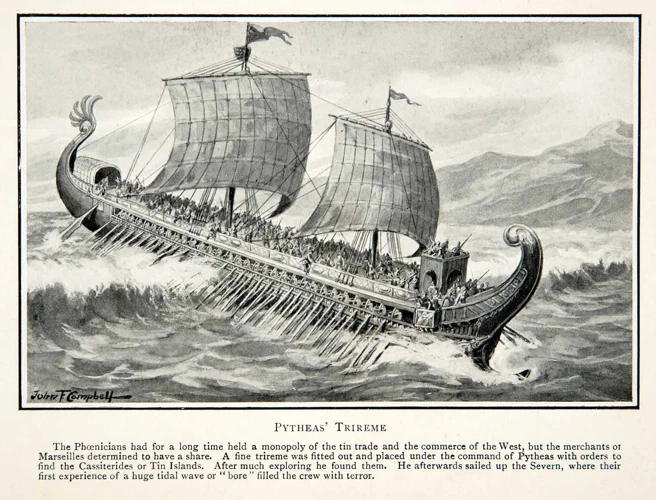
Merging of Cultures
Merging of Cultures
The Merging of Cultures played a significant role in the development and evolution of Quetzalcoatl’s mythology. As the Mayan civilization interacted with neighboring cultures, such as the Toltecs and Aztecs, the worship and reverence for Quetzalcoatl expanded and transformed. Quetzalcoatl became associated with various deities from these different cultures, resulting in a syncretism of beliefs. The influence of Toltec mythology, for example, introduced the concept of Quetzalcoatl as a bringer of civilization and knowledge. This merging of cultures not only enriched the mythology surrounding Quetzalcoatl but also helped solidify his status as a prominent figure in Mesoamerican pantheons. The cultural exchange between these ancient civilizations brought about new interpretations and understandings of Quetzalcoatl’s role, showcasing the continual evolution and adaptation of religious beliefs. The dynamic nature of this merging of cultures serves as a testament to the interconnectedness of ancient civilizations and their shared mythological traditions.
Misconceptions and Interpretations
Misconceptions and Interpretations surrounding the figure of Quetzalcoatl have arisen over time, as different cultures and scholars have attempted to decipher the true essence of this mythical deity. One common misconception is the association of Quetzalcoatl with the Aztec civilization, when in fact Quetzalcoatl predates the Aztecs by centuries and is rooted in Mayan mythology. Another misinterpretation is the portrayal of Quetzalcoatl as a solely benevolent and peaceful figure. While Quetzalcoatl does embody qualities of wisdom and creative energy, he also possesses a dualistic nature, representing both creation and destruction. This duality underscores the complex and multifaceted aspects of this deity. Additionally, Quetzalcoatl has been linked to the arrival of Spanish conquistadors in Mesoamerica, with some mistakenly associating him with Hernán Cortés. However, this interpretation is a result of historical events being inadvertently taken out of context. It is crucial to approach the study of Quetzalcoatl with an understanding of Mayan mythology and to be mindful of the misconceptions and misinterpretations that have arisen throughout history. By delving into the origins and symbolism of Quetzalcoatl in the context of ancient Mayan civilization, we can gain a deeper appreciation for this enigmatic deity and separate fact from fiction.
Worship and Rituals
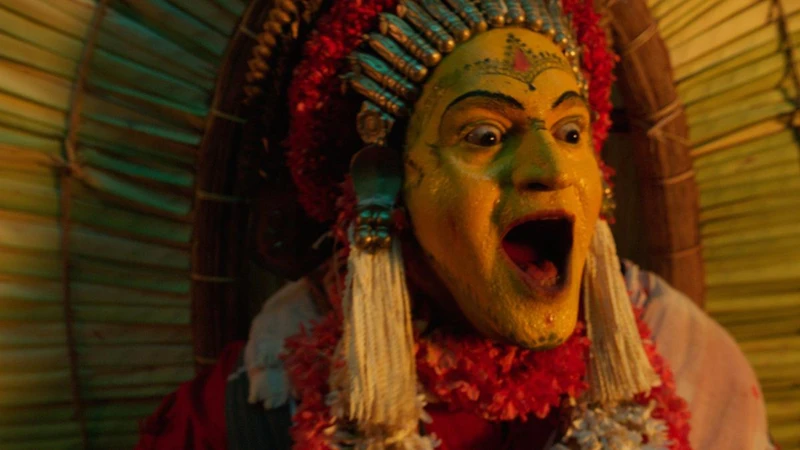
Worship and rituals surrounding Quetzalcoatl were deeply ingrained in the Mayan culture and played a central role in their spiritual practices. Temples and sacred sites dedicated to Quetzalcoatl were built with meticulous detail, serving as places of worship and reverence. These architectural marvels were adorned with intricate carvings and murals depicting the feathered serpent, showcasing the significance of Quetzalcoatl in Mayan mythology. Ceremonies and offerings were conducted to honor this revered deity, often accompanied by music, dance, and incense. The rituals varied in nature, ranging from agricultural ceremonies to rituals seeking blessings and protection. The worship of Quetzalcoatl was an integral part of Mayan society, providing a sense of connection to the divine and emphasizing the importance of maintaining harmony with the natural world. This deep reverence for Quetzalcoatl highlights the significant role played by mythology and rituals in shaping the spiritual beliefs and practices of the Mayan civilization.
Temples and Sacred Sites
Temples and Sacred Sites held immense significance in the worship of Quetzalcoatl in Mayan mythology. These architectural marvels were built to honor and pay tribute to the Feathered Serpent deity. One notable example is the Temple of the Feathered Serpent, also known as the Temple of Quetzalcoatl, in the ancient city of Teotihuacan. This magnificent structure features intricate carvings and sculptures depicting Quetzalcoatl in his serpentine form. Another important sacred site associated with Quetzalcoatl is the Great Ballcourt at Chichen Itza. This massive sporting arena is believed to have been used for ceremonial ball games, often seen as symbolic battles between Quetzalcoatl and his rival, the god of the underworld, Xibalba. These sacred sites served as focal points for religious ceremonies, where worshipers would gather to offer sacrifices and seek the blessings of Quetzalcoatl. The architecture and design of these temples and sacred sites showcase the exceptional craftsmanship and devotion of the Mayan civilization, and they continue to be revered as cultural landmarks and archaeological treasures to this day. [Link: /the-significance-of-oral-tradition-in-african-mythology/]
Ceremonies and Offerings
Ceremonies and offerings played a central role in the worship of Quetzalcoatl in Mayan mythology. Revered as a powerful deity, Quetzalcoatl was honored through elaborate rituals performed by the priests and worshippers. These ceremonies were conducted in sacred temples dedicated to the god and were characterized by intricate dances, chanting, and the burning of incense. Offerings were an integral part of these ceremonies, with worshippers presenting a variety of items to show their devotion. These offerings often included precious stones, feathers, and artwork depicting the Feathered Serpent. Additionally, food offerings such as corn, fruits, and cocoa beans were made to appease the deity. These ceremonies and offerings were seen as a way to communicate with Quetzalcoatl, seeking his favor, protection, and blessings. They served as a means of maintaining a harmonious relationship between the worshippers and their revered god, solidifying their spiritual connection. The rituals and offerings were a testament to the deep reverence the Mayans held for Quetzalcoatl and reflect the significance placed on maintaining cosmic balance and divine favor in their religious practices.
Depictions in Art and Architecture
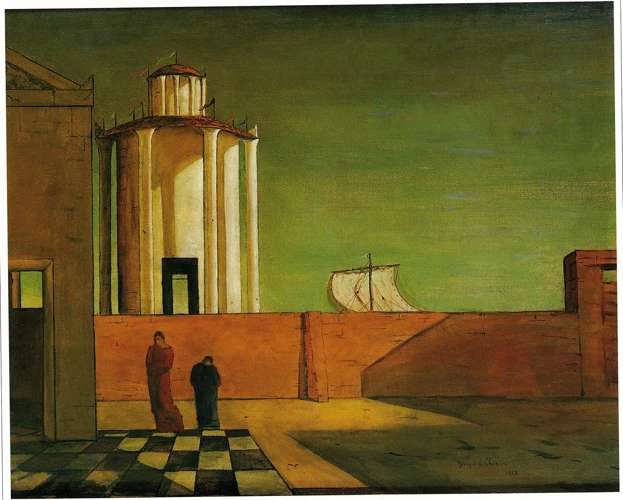
Depictions of Quetzalcoatl in art and architecture provide a fascinating glimpse into the reverence and admiration bestowed upon this deity within Mayan culture. In Mayan art, Quetzalcoatl is often portrayed as a feathered serpent, as well as a human figure adorned with intricate feathered headdresses and serpent-like embellishments. Stone carvings, sculptures, and murals found in ancient Mayan cities and sacred sites showcase the intricate detail and skilled craftsmanship dedicated to representing Quetzalcoatl. The feathered serpent motif can be seen adorning the facades of temples and palaces, symbolizing the intertwining of the natural world and the divine. El Castillo, the iconic stepped pyramid of Chichen Itza, is one such architectural masterpiece that pays homage to Quetzalcoatl. During the spring and autumn equinoxes, the play of light and shadow on the pyramid’s staircase creates the illusion of a descending serpent, a testament to the astronomical knowledge and symbolic significance attributed to the deity. These artistic and architectural representations serve as a visual testament to the devotion and veneration of Quetzalcoatl within Mayan society, preserving the legacy of this revered figure for future generations to admire and ponder upon.
Legacy and Modern Influence
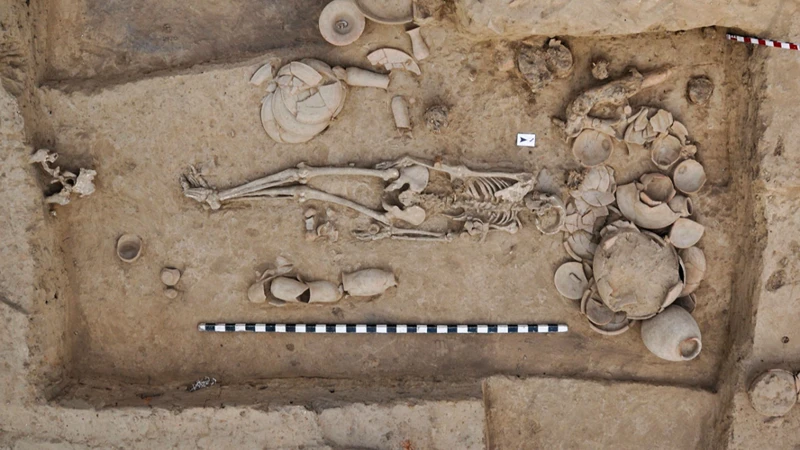
The legacy of Quetzalcoatl extends beyond the ancient Mayan civilization and continues to influence modern society. Today, Quetzalcoatl remains a prominent figure in Mesoamerican culture, serving as a symbol of identity and heritage. His image can be seen in various forms of art, ranging from paintings and sculptures to jewelry and clothing. Quetzalcoatl’s influence extends beyond artistic expressions and is woven into the cultural fabric of communities that can trace their ancestry back to the Mayans. The teachings and stories surrounding Quetzalcoatl also continue to inspire contemporary literature and films, bringing these ancient myths to a broader audience. Additionally, Quetzalcoatl’s significance as a deity who represents balance, nature, and wisdom has resonated with individuals seeking spiritual guidance and connection with the natural world. In modern times, there have been efforts to revive and preserve Mayan traditions, including the worship of Quetzalcoatl, thereby keeping his legacy alive. Through these ongoing practices and adaptations, Quetzalcoatl’s ancient wisdom and symbolism continue to shape and inspire both individuals and communities, showcasing the enduring power of mythology and the interconnectedness of human cultures throughout history.
Conclusion
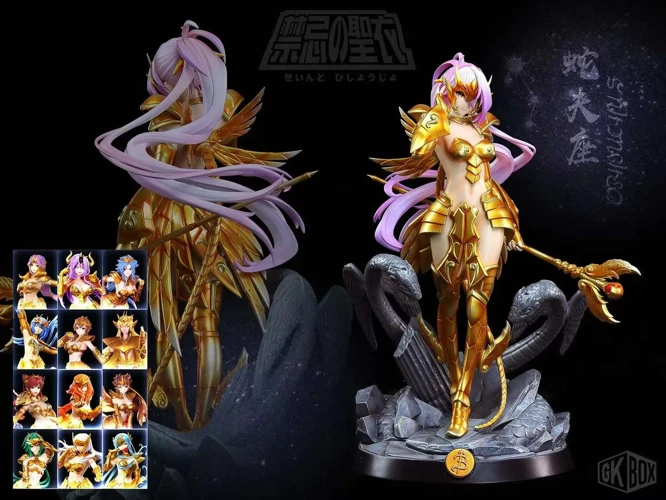
In conclusion, the legend of Quetzalcoatl in Mayan mythology is a captivating tale that spans centuries and has left a lasting impact on the cultural heritage of the Mesoamerican civilization. The origins of Quetzalcoatl, intricately woven within Mayan folklore, highlight the divinity and significance bestowed upon this enigmatic deity. Symbols like the Feathered Serpent and the Plumed Serpent further enhance the mystical allure surrounding Quetzalcoatl, representing both divine wisdom and the cycles of life. The merging of cultures and the misconceptions surrounding Quetzalcoatl in Mayan mythology add layers of complexity to its interpretation, showcasing the adaptability and ever-evolving nature of religious beliefs. From temples and sacred sites to ceremonies and offerings, the worship of Quetzalcoatl reveals a deep spiritual connection between the Mayan people and their gods. This connection is beautifully depicted in the art and architecture of the Mayan civilization, where Quetzalcoatl’s presence can be seen in intricate carvings and towering structures. The legacy of Quetzalcoatl continues to reverberate through time, inspiring awe and fascination in modern culture. As we delve into the depths of Mayan mythology and unravel the rich tapestry of beliefs surrounding Quetzalcoatl, we gain a deeper understanding of the complex and diverse world of ancient civilizations.
Frequently Asked Questions

1. Who is Quetzalcoatl?
Quetzalcoatl is a deity in Mayan mythology, often depicted as the Feathered Serpent and representing both creation and destruction. He holds a prominent place in Mesoamerican folklore.
2. What does the name Quetzalcoatl mean?
The name Quetzalcoatl comes from the Nahuatl language and is composed of two words: “quetzal,” referring to the vibrant quetzal bird, and “coatl,” meaning serpent. Hence, Quetzalcoatl translates to “Feathered Serpent.”
3. What were the main characteristics of Quetzalcoatl?
Quetzalcoatl was often portrayed as a benevolent deity, associated with wind, agriculture, and the cycles of life. He symbolized wisdom, knowledge, and creativity. However, he also possessed the power to bring about destruction and change.
4. How did Quetzalcoatl influence Mayan mythology?
Quetzalcoatl played a significant role in Mayan mythology. His creation myth emphasized his involvement in shaping the world and its inhabitants. He was regarded as one of the oldest and most revered gods within the Mayan pantheon.
5. What is the significance of the Feathered Serpent symbolism?
The Feathered Serpent symbolized the intricate connection between heaven and earth in Mayan beliefs. It represented the duality of Quetzalcoatl, signifying his ability to bridge the earthly and divine realms.
6. How did Mayan and Aztec cultures merge in Quetzalcoatl’s mythology?
Quetzalcoatl’s mythology showcases the merging of Mayan and Aztec cultures. The Aztecs revered Quetzalcoatl as one of their main gods but drew inspiration from Mayan traditions and incorporated them into their own pantheon.
7. What are some misconceptions and interpretations surrounding Quetzalcoatl?
Quetzalcoatl has been subject to various interpretations, often leading to misconceptions. Some have associated him with European explorers, while others have linked him to extraterrestrial beings. These interpretations can dilute the deep significance of Quetzalcoatl within Mayan mythology.
8. Were there specific temples or sacred sites dedicated to Quetzalcoatl?
Yes, there were several temples and sacred sites dedicated to Quetzalcoatl. One notable example is the Temple of the Feathered Serpent in Teotihuacan, Mexico. These sites served as places of worship and rituals to honor the deity.
9. What kind of ceremonies and offerings were performed for Quetzalcoatl?
Ceremonies and offerings for Quetzalcoatl varied, but they often included rituals involving sacred dances, music, and the burning of incense. Offerings could range from food and flowers to precious objects and symbolic representations.
10. How does Quetzalcoatl’s legacy continue to influence modern society?
Quetzalcoatl’s legacy continues to resonate in modern society, particularly within Mesoamerican cultures. The Feathered Serpent remains a significant symbol of indigenous identity and inspires art, literature, and cultural celebrations to this day.
References
- Quetzalcoatl: The Feathered Serpent Deity of Ancient …
- The Birth of the Feathered Serpent
- Quetzalcoatl | Encyclopedia MDPI
Frequently Asked Questions

What is the origin of Quetzalcoatl in Mayan mythology?
Quetzalcoatl’s origins can be traced back to ancient Mesoamerican civilizations, specifically the Mayans. He was believed to be a deity representing wisdom, knowledge, and creation.
What does the feathered serpent symbolize?
The feathered serpent represents the duality of nature, embodying both the celestial and earthly realms. It symbolizes the balance between sky and earth, as well as the cycles of life, death, and rebirth.
Why is Quetzalcoatl often depicted with feathers?
Quetzalcoatl is often depicted with feathers because the quetzal bird was considered sacred in Mayan culture. The bird’s vibrant feathers were associated with beauty, wisdom, and divine power.
How did the merging of cultures influence Quetzalcoatl’s role in Mayan mythology?
The merging of cultures, particularly between the Mayans and the Aztecs, resulted in the blending of deities and myths. Quetzalcoatl became a prominent figure in Mayan mythology, often associated with creation, fertility, and agricultural abundance.
What are some misconceptions and misinterpretations of Quetzalcoatl?
One common misconception is that Quetzalcoatl was solely associated with the Aztecs when, in fact, his worship and mythological significance predates the Aztec civilization. Another misinterpretation is that Quetzalcoatl was purely a benevolent deity, whereas his character encompassed both positive and negative aspects.
What were some rituals and ceremonies associated with the worship of Quetzalcoatl?
Worship of Quetzalcoatl involved various rituals and ceremonies, such as bloodletting, sacrificial offerings, and elaborate processions. These practices were performed to appease the deity and seek his favor for fertility, agricultural success, and protection.
How did Quetzalcoatl influence art and architecture in ancient Mesoamerica?
Quetzalcoatl’s influence can be seen in the art and architecture of ancient Mesoamerican civilizations. Temples and pyramids were often dedicated to his worship, adorned with intricate carvings and sculptures depicting the feathered serpent. His image was also incorporated into murals, pottery, and jewelry.
What is the legacy of Quetzalcoatl in modern times?
Quetzalcoatl’s legacy continues to be celebrated in modern times, particularly in Mexico. He is considered a national symbol, representing the cultural heritage and indigenous roots of the region. Festivals, such as the Quetzalcoatl Festival, honor his legacy and showcase the rich Mesoamerican traditions.
Are there any artifacts or relics associated with Quetzalcoatl?
Yes, several artifacts and relics associated with Quetzalcoatl have been discovered by archaeologists. These include stone carvings, statues, and jewelry depicting the deity. The most renowned example is the Temple of Quetzalcoatl at the ancient city of Teotihuacan in Mexico.
How does Quetzalcoatl compare to other serpent deities in world mythology?
Quetzalcoatl shares similarities with other serpent deities in various mythologies, such as the Egyptian god Apep and the Hindu deity Naga. However, each culture imbues its serpent deity with unique characteristics, making Quetzalcoatl distinct to Mesoamerican mythology.
References
- Quetzalcoatl – Pan-Mesoamerican Feathered Serpent God
- Quetzalcoatl: The Feathered Serpent Deity of Ancient …







